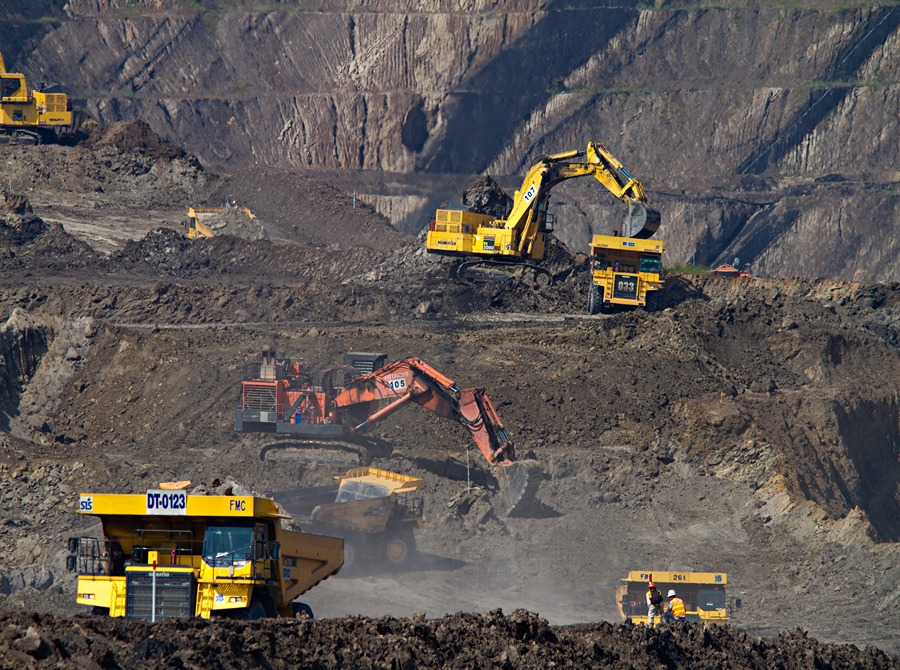
Earth Moving & Mining
In construction, mining, agriculture, and other earth transferring applications, heavy machinery often employs specialized bearings. These bearings facilitate the smooth movement of those huge machines and can resist heavy masses and vicious working situations.
1. Ball Bearings:
The low friction and smooth rotation provided through those bearings are due to the position of small steel balls inside a raceway. Ball bearings are usually determined in excavator booms, buckets, and chassis components.
2. Roller Bearings:
Roller bearings can help heavy masses with higher radial or axial hundreds via using cylindrical or tapered rollers in place of balls. In earth-transferring gadget applications, which include crawler tracks, conveyor structures, and hydraulic cylinders, they’re regularly utilized.
3. Thrust Bearings:
Thrust bearings handle axial loads that are especially designed to permit for rotational motion along the axis. Equipment like bulldozer blades, bucket linkages, and slewing earrings often comprise them.
4. Spherical Bearings:
Spherical plain bearings or rod ends are types of bearings which have an internal ring with a convex outer floor and an identical concave outer ring. Spindle bearings, usually determined in articulation factors, enable rotational motion in misaligned conditions for packages like articulated unload trucks and wheel loaders.
5. Needle Bearings:
Needle bearings are small curler bearings with long, skinny cylindrical rollers that could aid excessive radial loads in restrained space. Heavy equipment packages, such as transmissions, hydraulic pumps, and planetary equipment units, regularly make use of them.
6. Bushings:
Earth-shifting machines frequently make use of bushings to reduce friction between two shifting components, despite the fact that they’re not technically bearings. Bronze, brass, or plastic are generally used materials for pivot points, suspension systems, and articulated joints.

